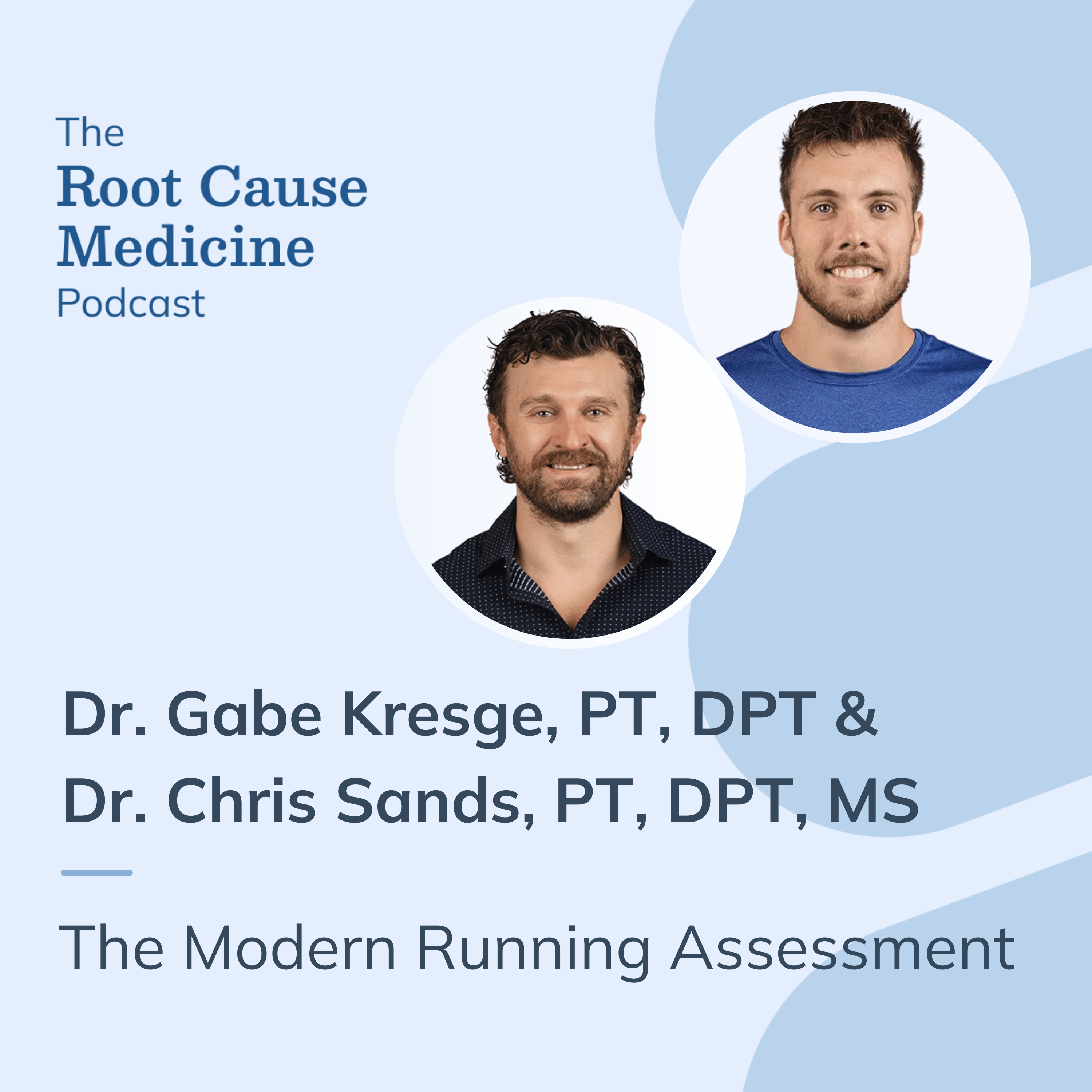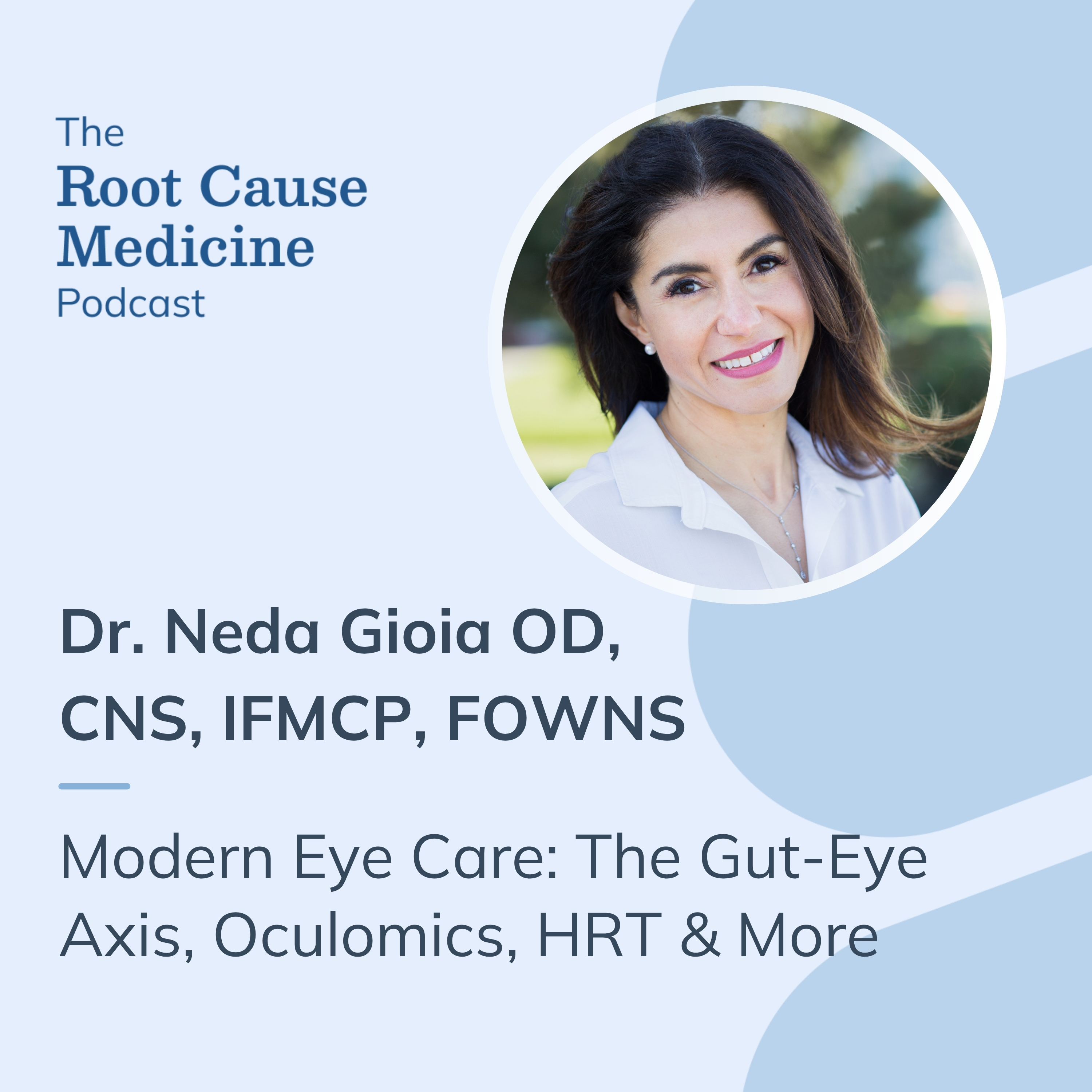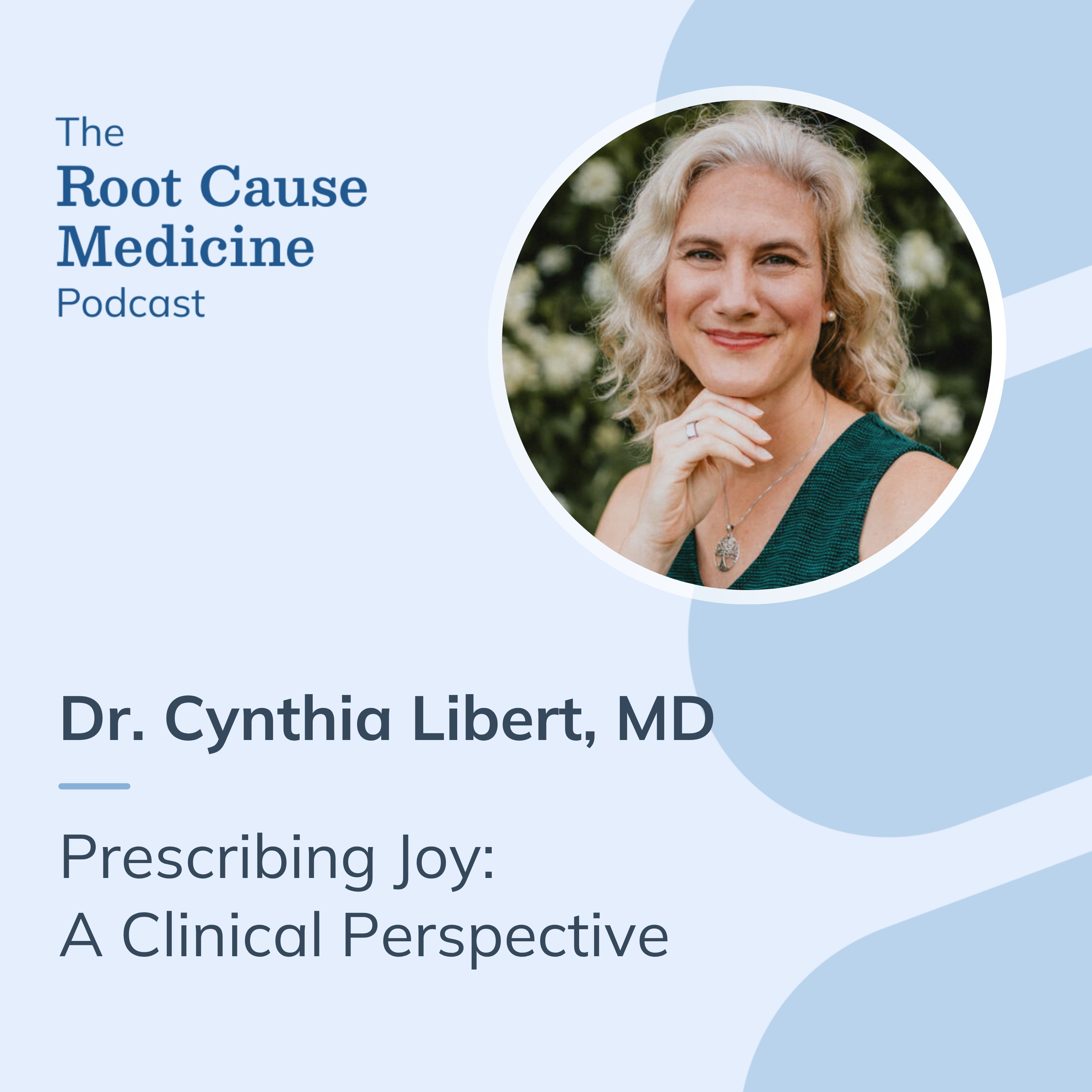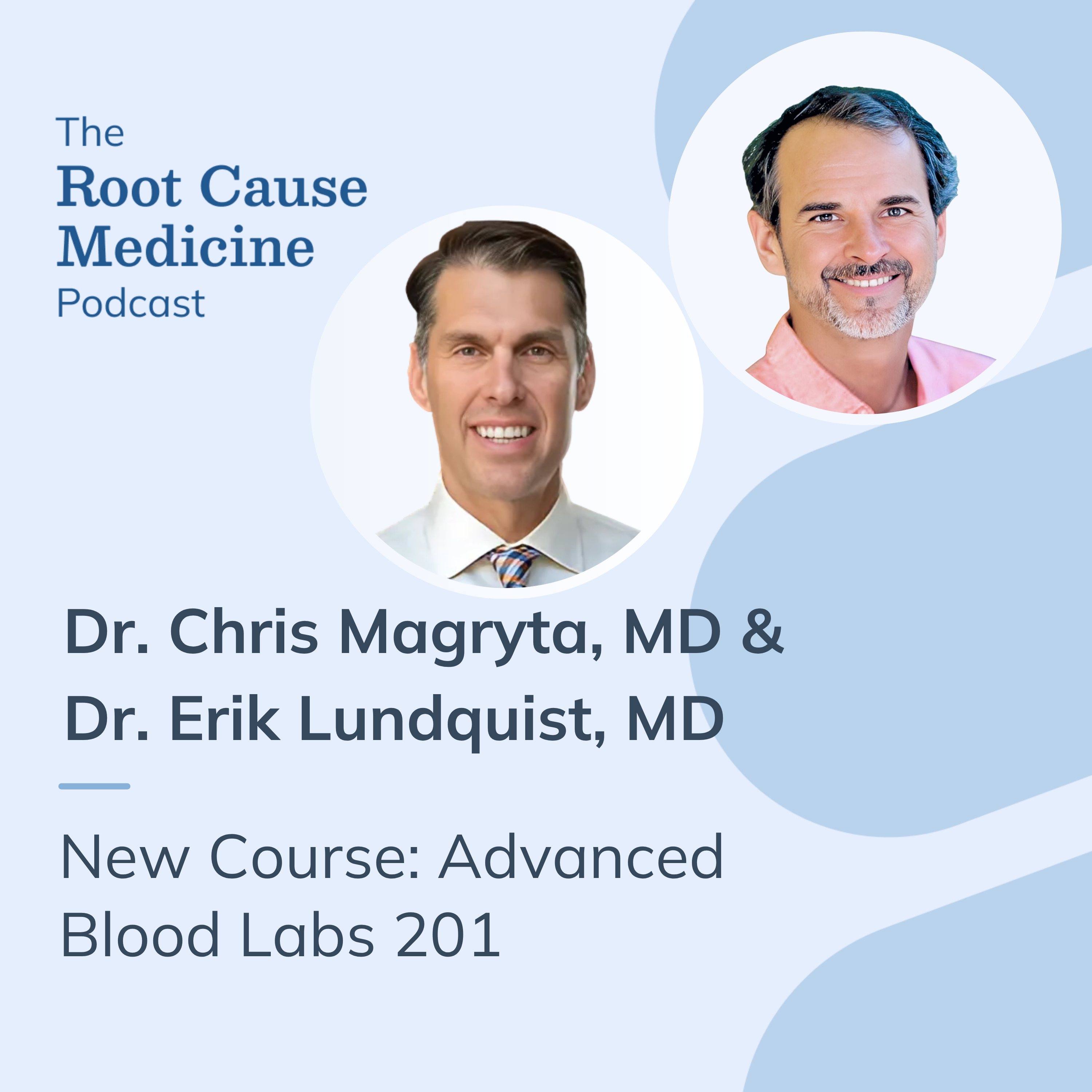Bacterial infections affect millions of people annually, resulting in significant healthcare costs and reduced quality of life. While modern medicine offers effective treatments through antibiotics and other interventions, preventing these infections remains the best strategy for maintaining health. Healthcare professionals increasingly recognize that prevention involves more than just avoiding exposure to harmful bacteria—it also includes supporting overall wellness and immune resilience.
This guide explores evidence-based strategies for preventing bacterial infections, incorporating perspectives from conventional medicine, functional approaches, and holistic health practices.
[signup]
What Are Bacterial Infections?
Bacterial infections occur when harmful bacteria enter the body, multiply, and cause tissue damage or disruption of normal bodily functions. Bacteria are single-celled microorganisms found virtually everywhere in our environment—in soil, water, and on surfaces we touch daily. While many bacteria are beneficial or harmless, certain types can cause illness ranging from mild skin infections to serious conditions like pneumonia or sepsis. Understanding these organisms helps inform effective prevention strategies.
Common bacterial infections include respiratory conditions like strep throat and pneumonia, gastrointestinal issues such as food poisoning, urinary tract infections, and skin infections like cellulitis and impetigo. Different bacterial species tend to affect specific body systems based on their characteristics and the entry points they use. Some bacteria, like Streptococcus pneumoniae, primarily affect the respiratory system, while others commonly cause urinary tract or skin infections.
Bacterial infections spread through various routes, including direct contact with infected individuals, ingestion of contaminated food or water, exposure to airborne respiratory droplets, or contact with contaminated surfaces. Some bacteria can also enter the body through breaks in the skin, such as cuts or surgical wounds. Risk factors for developing infections include age (very young and elderly individuals typically have higher risk), underlying health conditions, compromised immune function, and certain lifestyle factors such as poor nutrition or inadequate hygiene practices.
Symptoms and Diagnosis
Bacterial infections produce various symptoms depending on the infection site and the specific bacteria involved. General signs may include fever, fatigue, inflammation, pain, and localized symptoms specific to the affected area. For instance, respiratory infections often cause cough, sore throat, and congestion, while gastrointestinal infections typically present with digestive discomfort. Skin infections generally show redness, swelling, warmth, and sometimes pus formation.
Healthcare providers diagnose bacterial infections through a combination of clinical evaluation and laboratory testing. During physical examinations, they assess symptoms and medical history, which helps narrow down potential causes. Laboratory tests may include blood tests to check for elevated white blood cell counts or inflammatory markers, cultures from affected sites to identify specific bacteria, and sometimes imaging studies for certain infections. Rapid diagnostic tests are increasingly available for certain common infections, potentially allowing faster treatment decisions.
The ability to distinguish bacterial infections from viral or fungal conditions is an important one, as treatment approaches differ significantly. Bacterial infections typically respond to antibiotics, while viral infections do not. Misdiagnosis can lead to inappropriate antibiotic use, which contributes to antibiotic resistance and may cause unnecessary side effects. Improved diagnostic accuracy helps ensure patients receive appropriate treatment while supporting antimicrobial stewardship efforts.
Conventional Treatments
Antibiotic medications form the primary treatment approach for bacterial infections by affecting bacteria or their reproduction. Different classes of antibiotics work through various mechanisms and target different bacterial types. Narrow-spectrum antibiotics affect specific bacterial groups, while broad-spectrum medications act against a wider range. Healthcare providers select appropriate antibiotics based on the suspected or confirmed bacteria, infection location, severity, patient factors, and local resistance patterns.
Proper antibiotic use requires following prescribed dosages and completing the full treatment course, even after symptoms improve. Stopping treatment early can allow surviving bacteria to develop resistance. Research indicates that antibiotic resistance—where bacteria evolve to withstand medications—represents a growing global health concern. According to health organizations, resistant infections are becoming more common and challenging to address, potentially leading to longer illnesses, increased complications, and higher healthcare costs.
Supportive care often accompanies antibiotic treatment to help manage symptoms and promote recovery. This may include adequate rest, proper hydration, fever management with appropriate medications, and sometimes specialized care for severe infections. For certain conditions, healthcare providers might recommend drainage procedures or removal of affected tissue. Patients with serious infections may require hospitalization for intravenous antibiotics, close monitoring, and intensive supportive care.
Holistic and Integrative Approaches
Functional medicine approaches to preventing bacterial infections focus on optimizing immune function through addressing underlying factors that influence health and resilience. This personalized strategy considers how nutrition, sleep quality, stress management, and environmental factors collectively impact susceptibility to infection. Rather than simply reacting to bacterial exposure, functional approaches aim to create conditions in the body that naturally resist infection and support rapid recovery when exposure occurs.
Nutritional strategies play a significant role in supporting immune function and potentially reducing infection risk. Research suggests that adequate intake of various nutrients helps maintain immune cell development and function. These include protein, zinc, selenium, iron, vitamins A, C, D, and E, and B vitamins. Consuming a varied diet with colorful fruits, vegetables, whole grains, lean proteins, and healthy fats provides these essential nutrients. Some foods contain compounds that may support immune health as part of an overall healthy eating pattern.
Mind-body practices and lifestyle factors significantly influence immune function and infection resilience. Regular moderate physical activity appears to support immune health and reduce inflammation, potentially improving resistance to infections. Adequate sleep allows proper immune system maintenance, while chronic sleep deprivation may affect immunity. Stress management techniques like meditation, deep breathing, yoga, and tai chi may help moderate stress hormone levels that, when chronically elevated, can influence immune function. Supporting gut health through fiber-rich foods and probiotic-containing items may also benefit immune regulation.
Preventive Measures
Hand hygiene remains one of the most effective strategies for preventing bacterial infections in both community and healthcare settings. Proper handwashing involves using soap and water for at least 20 seconds, paying attention to all hand surfaces, including between fingers and under nails. When soap and water aren't available, alcohol-based hand sanitizers containing alcohol provide an effective alternative. Research consistently shows that regular hand hygiene significantly reduces infection rates for many common bacterial conditions.
Environmental strategies further reduce infection risk through proper food handling, water safety, and surface cleaning. Food safety practices include thorough cooking of meats, washing produce, avoiding cross-contamination between raw and cooked foods, and proper refrigeration. Clean drinking water access represents another fundamental prevention measure. Regular cleaning of frequently touched surfaces helps reduce bacterial transfer, especially in shared spaces. For certain high-risk environments like healthcare facilities, more intensive disinfection protocols may be necessary to prevent hospital-acquired infections.
Vaccination and preventive healthcare support infection prevention at both individual and community levels. While many vaccines target viral diseases, some prevent bacterial infections such as pneumococcal pneumonia, meningococcal disease, tetanus, diphtheria, and pertussis (whooping cough). Staying current with recommended immunizations based on age, health status, and risk factors provides important protection. Regular health check-ups help identify and address conditions that might increase infection susceptibility, such as diabetes or nutritional deficiencies. For people with recurrent infections, healthcare providers may recommend additional preventive strategies.
Living with Bacterial Infections
Managing chronic or recurrent bacterial infections requires comprehensive approaches that address both immediate symptoms and underlying factors that may contribute to ongoing vulnerability. Healthcare providers may develop personalized prevention plans based on infection patterns, individual risk factors, and lifestyle considerations.
These plans might include protective medications for certain high-risk situations, specific hygiene protocols, environmental modifications, and strategies to optimize overall health and immune function. Research suggests that addressing potential contributors like chronic stress, nutritional status, and sleep quality may help reduce recurrence in some cases.
Quality of life considerations remain important for those experiencing long-term impacts from bacterial infections. Support resources include patient education materials, community support groups, and coordination between healthcare providers from different specialties when needed. Mental health support may benefit those dealing with chronic conditions, as persistent health challenges can affect emotional well-being.
Open communication with healthcare providers about symptoms, concerns, and treatment effects helps ensure care plans align with patient goals and preferences. Individuals living with chronic or recurrent infections should work closely with their healthcare teams to develop comprehensive strategies that address both physical health needs and quality of life concerns.
[signup]
Key Takeaways
- Bacterial infections occur when harmful bacteria enter the body and multiply, potentially causing symptoms ranging from mild discomfort to severe illness, making prevention strategies essential for maintaining optimal health.
- Regular and thorough hand hygiene represents one of the most effective and accessible methods for preventing bacterial infections in both community and healthcare settings.
- Maintaining a nutrient-rich diet with adequate vitamins, minerals, and protein supports immune function and may help reduce susceptibility to bacterial infections.
- Appropriate antibiotic use—taking medications exactly as prescribed and completing the full course of treatment—helps ensure effective infection management while reducing the risk of antibiotic resistance.
- A comprehensive approach to bacterial infection prevention integrates conventional medical strategies with lifestyle factors like stress management, adequate sleep, and environmental considerations for enhanced immune resilience.












%201.svg)







